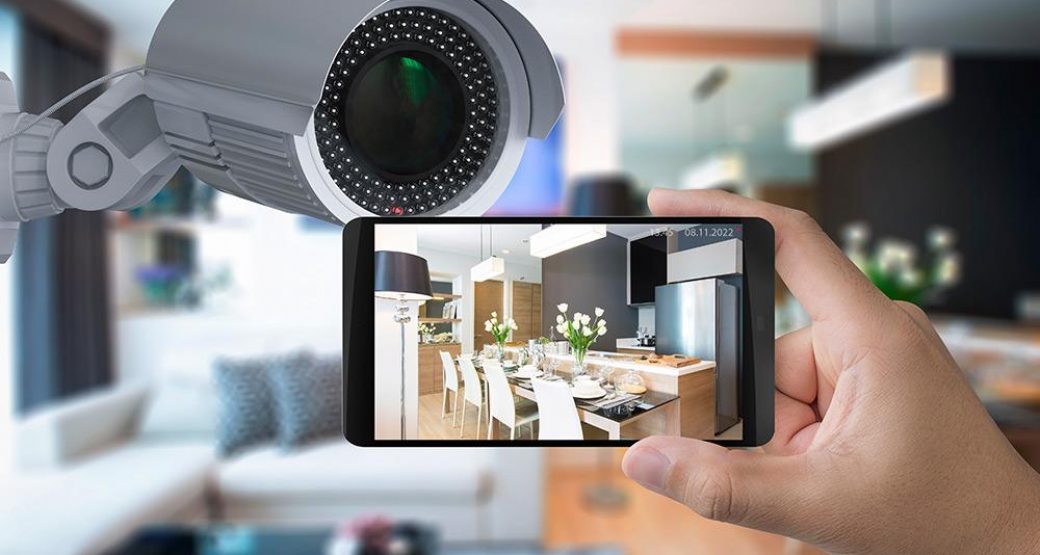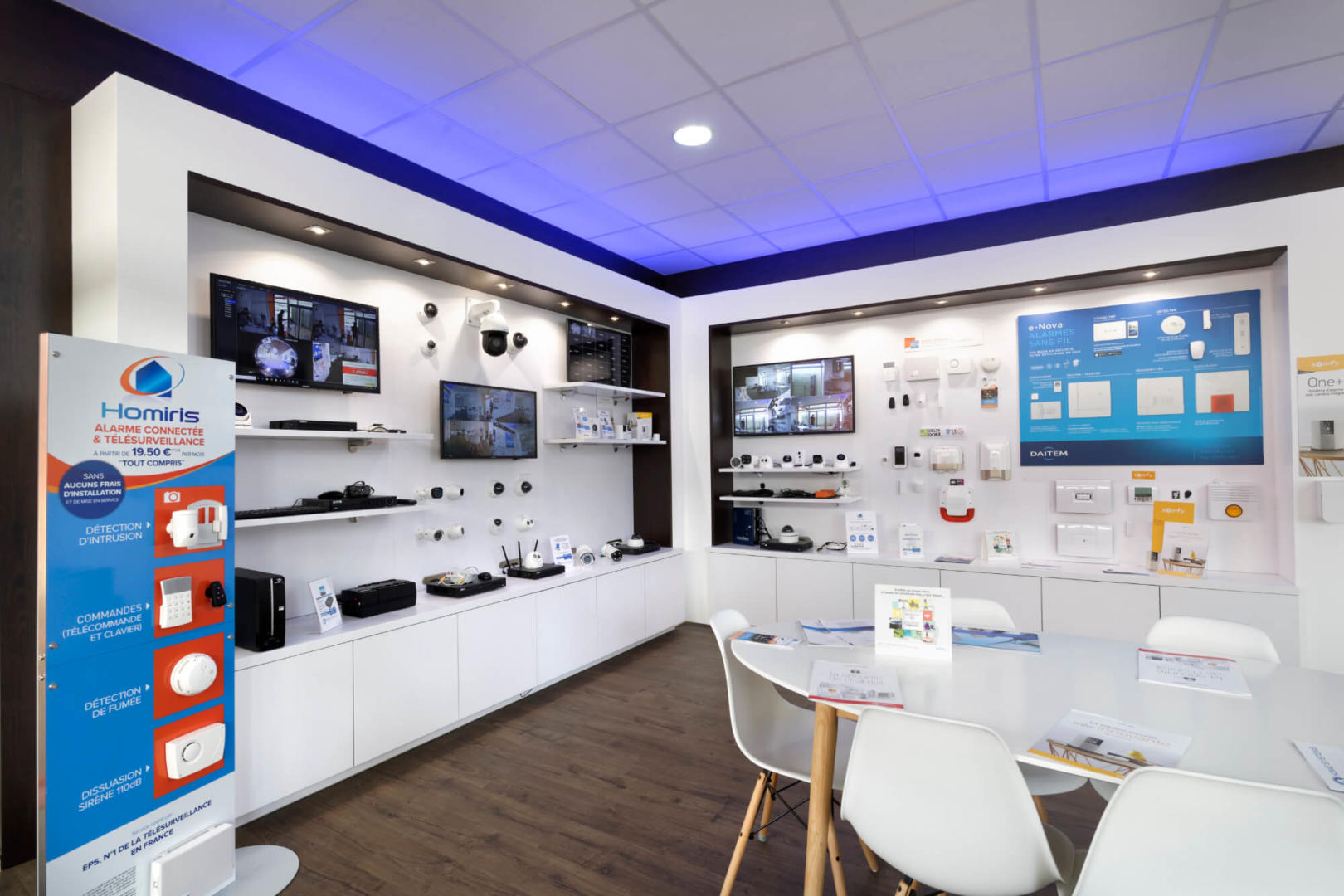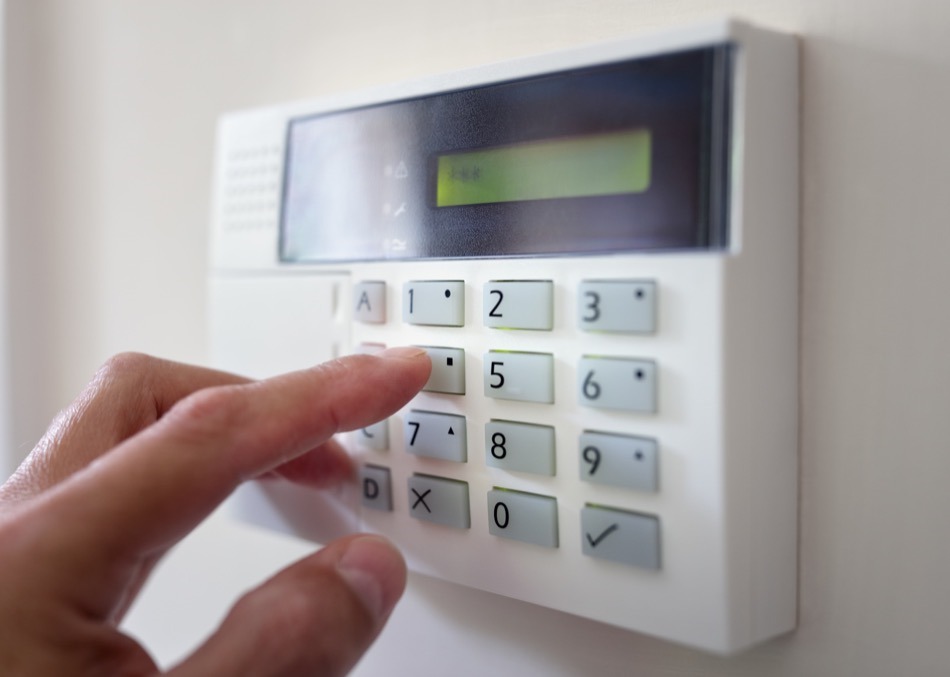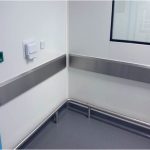I. Introduction
A. Importance of home systems protection
In today’s digital age, protecting our personal information and safeguarding our living space has become more critical than ever. Our homes are filled with various systems and devices that are connected to the internet, making them vulnerable to cyber threats and other risks. Ensuring the security of our home systems is essential to protect our privacy, prevent unauthorized access, and maintain the overall safety of our living space.
B. Overview of the article’s focus on safeguarding your living space
In this article, we will delve into the topic of home systems protection and explore various measures that can be taken to safeguard our living spaces. From understanding what home systems comprise to identifying common risks and threats, we will discuss the importance of conducting a comprehensive assessment of vulnerabilities and implementing necessary security measures to enhance the overall security of our homes.
II. Understanding Home Systems
A. Definition and components of home systems
Home systems refer to the various interconnected devices and systems present within a living space. These include but are not limited to smart home devices, security systems, home entertainment systems, heating and cooling systems, and even appliances that can be controlled remotely or through a network. Our homes have become increasingly reliant on these systems, making it crucial to understand their components to effectively protect them.
B. Common risks and threats to home systems

As with any technology connected to the internet, home systems are susceptible to various risks and threats. These can include cyber attacks, hacking attempts, data breaches, physical damage, and unauthorized access. Understanding these potential risks is crucial in order to implement the necessary security measures to mitigate them effectively.
III. Assessing Vulnerabilities in Home Systems
A. Identifying potential vulnerabilities
- Outdated technology or equipment
One of the common vulnerabilities in home systems is the use of outdated technology or equipment. These devices may lack necessary security features and updates, making them more susceptible to cyber attacks.
- Lack of security measures
Another vulnerability is the lack of adequate security measures in place. This can include weak passwords, outdated firmware, or the absence of firewalls and antivirus software.
- Unsecured internet connections
An unsecured internet connection poses a significant risk to home systems as it provides an easy access point for cyber criminals. Without the use of encryption and secure networks, home systems become vulnerable to unauthorized access and infiltration.
B. Conducting a home systems audit

- Evaluating current security measures
By assessing the existing security measures in place, homeowners can identify potential gaps in protection. This can involve reviewing the strength of passwords, ensuring firmware updates are regularly installed, and checking for up-to-date antivirus software and firewalls.
- Identifying areas for improvement
Based on the evaluation of current security measures, areas for improvement can be identified. This may include upgrading outdated devices, implementing multi-factor authentication, securing wireless networks, and regularly backing up data.
IV. Implementing Home Systems Protection Measures
A. Enhancing physical security
- Securing doors and windows
Ensuring the physical security of your home is the first step in protecting your home systems. Install deadbolt locks on all exterior doors and secure windows with sturdy locks or impact-resistant glass. Additionally, reinforce doors and windows with security film or laminated glass to make it harder for intruders to break in.
- Installing security cameras and alarms
Installing security cameras and alarms can significantly enhance the security of your home systems. Place cameras strategically to cover all entry points and vulnerable areas. Choose a security system that offers remote monitoring and alerts to keep you informed of any suspicious activity.
B. Strengthening digital security

- Securing Wi-Fi networks
A strong and secure Wi-Fi network is essential to protect your home systems from unauthorized access. Change the default username and password of your router to a strong and unique combination. Enable WPA2 or WPA3 encryption and regularly update your network’s security protocols to ensure maximum protection.
- Utilizing strong passwords and encryption
Using strong and unique passwords is crucial for protecting your home systems. Avoid commonly used passwords and include a combination of letters, numbers, and special characters. Consider using a password manager to securely store and generate complex passwords. Additionally, enable encryption on all devices and applications to protect sensitive data.
C. Investing in home systems protection tools
- Smart home security systems
Invest in a comprehensive smart home security system that integrates various security devices, such as cameras, door/window sensors, and motion detectors. These systems offer centralized monitoring, real-time alerts, and remote control of your home systems to enhance security.
- Network security software
Install network security software on your devices to protect against malware, viruses, and other cyber threats. Keep the software updated to ensure it can detect and prevent the latest threats. Additionally, consider using a virtual private network (VPN) to encrypt your internet connection and add an extra layer of security.
V. Educating Family Members on Home Systems Protection
A. Importance of awareness and education

Educating all members of your household about home systems protection is crucial. Ensure everyone understands the potential risks, the importance of security measures, and the role they play in maintaining a secure living space.
B. Training family members on security practices
- Creating strong passwords and updating them regularly
Teach your family members the importance of creating strong passwords and regularly updating them. Emphasize the use of unique passwords for each online account and the significance of avoiding common password mistakes, such as using personal information or easily guessable phrases.
- Recognizing and avoiding phishing attempts
Phishing attempts are a common way for cybercriminals to gain access to personal information. Train your family members to recognize phishing emails, suspicious links, and the importance of not sharing sensitive information with unknown sources. Encourage them to report any suspicious emails or messages.
VI. Regular Maintenance and Monitoring
A. Performing routine check-ups and updates
Regularly check and update the software and firmware of your home systems, such as smart devices and security cameras. Install the latest security patches and updates to address any vulnerabilities. Additionally, test your security systems periodically to ensure they are functioning properly.
B. Monitoring home systems for potential threats
Implement a system for monitoring your home systems for potential threats. This can involve using network monitoring software to detect any irregular network activity, regularly reviewing security logs and alerts, and monitoring the behavior of your connected devices for any unusual activity.
VII. Emergency Preparedness and Response
A. Developing an emergency plan
Create an emergency plan that outlines the necessary steps to take in case of a security breach or physical intrusion. Include emergency contact numbers, evacuation procedures, and a designated meeting place for family members. Practice the plan regularly to ensure everyone is familiar with the procedures.
In case of a security breach or physical intrusion, it is important to contact the appropriate authorities, such as the police or fire department. Additionally, if you suspect your home systems have been compromised, seek professional assistance from a cybersecurity expert to investigate and mitigate any potential threats.
By implementing these home systems protection measures, educating family members, conducting regular maintenance and monitoring, and being prepared for emergencies, you can create a safe and secure living space. Prioritize the security of your home systems to protect your privacy, prevent cyber threats, and maintain peace of mind.



